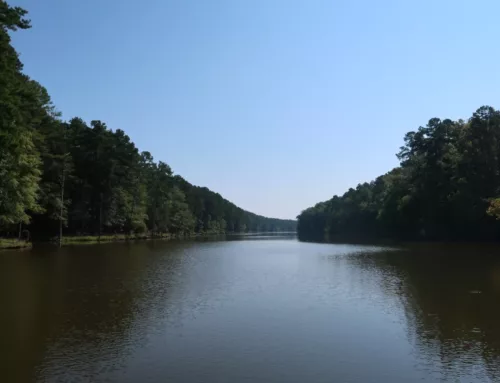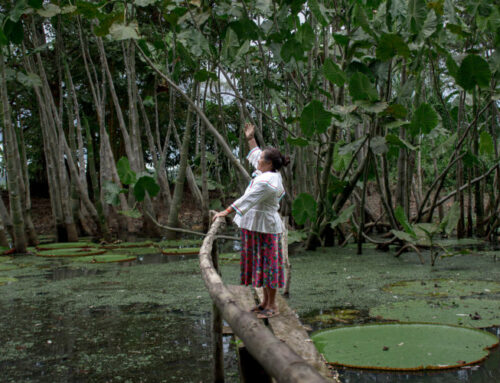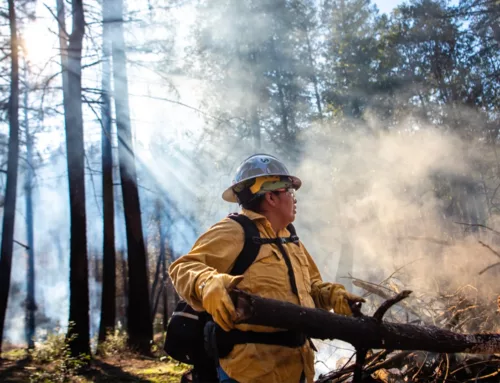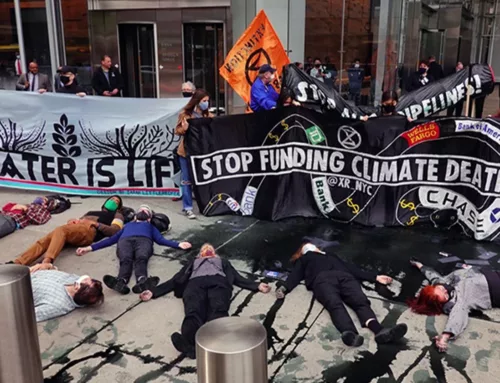Over ten years of resistance against the Canadian tar sands and the Keystone XL pipeline has reinvigorated the greater climate movement through coordinated strategies of direct action and coalition building. The Keystone XL resistance gained traction in 2006 following the advocacy of three women from the Deranger clan of the Athabasca Chipewyan First Nation in Alberta in partnership with the Indigenous Environmental Network. The Tar Sands Action sparked new waves of civil disobedience that became common tactics in direct actions to follow. From Maggie Gorry leading a Tar Sands Blockade in northern Texas to Joye Braun fighting for Indigenous sovereignty on her home lands of the Cheyenne River Sioux Nation in South Dakota, these grassroots direct actions were essential to the successful fight against Keystone XL.







